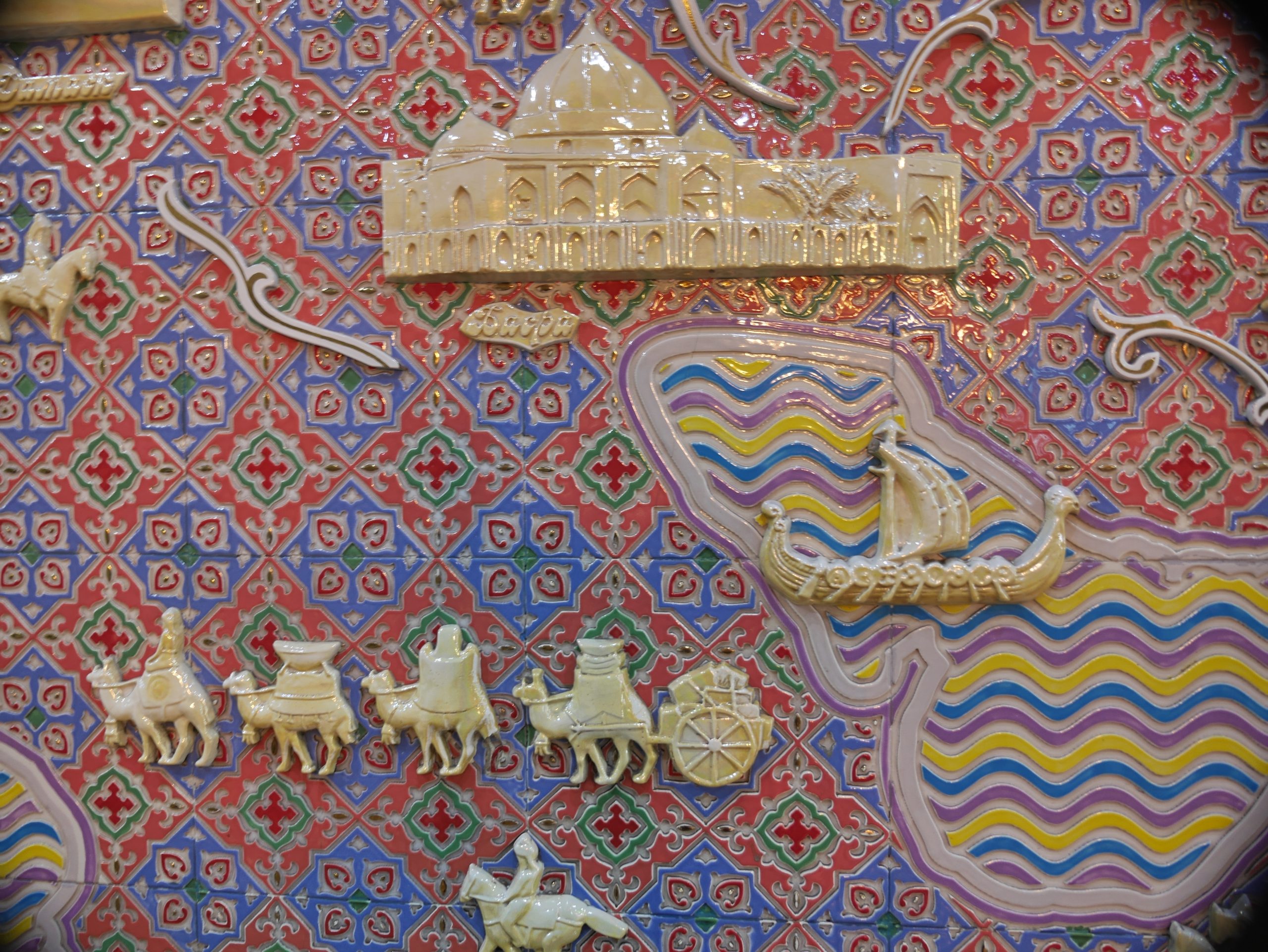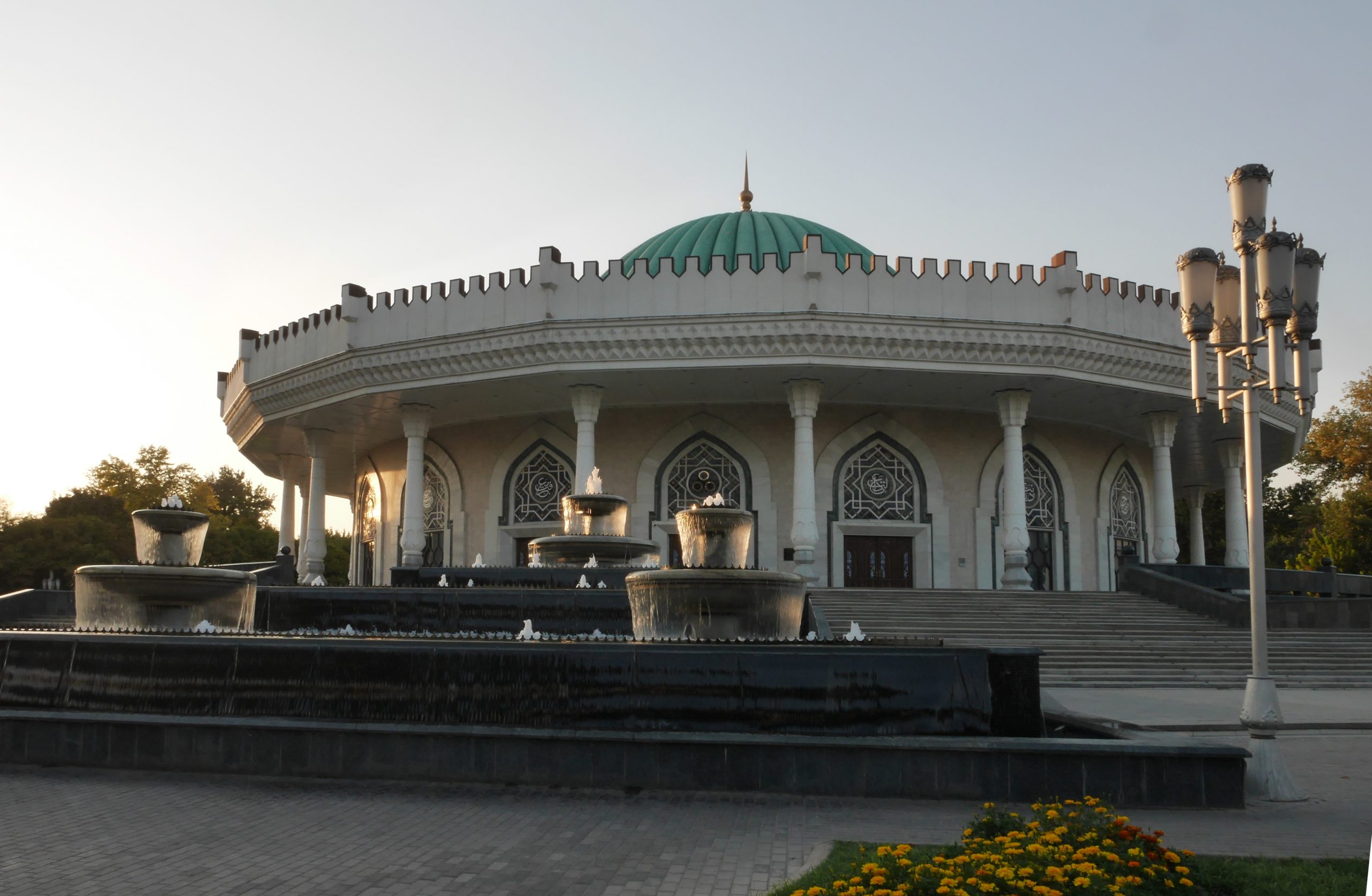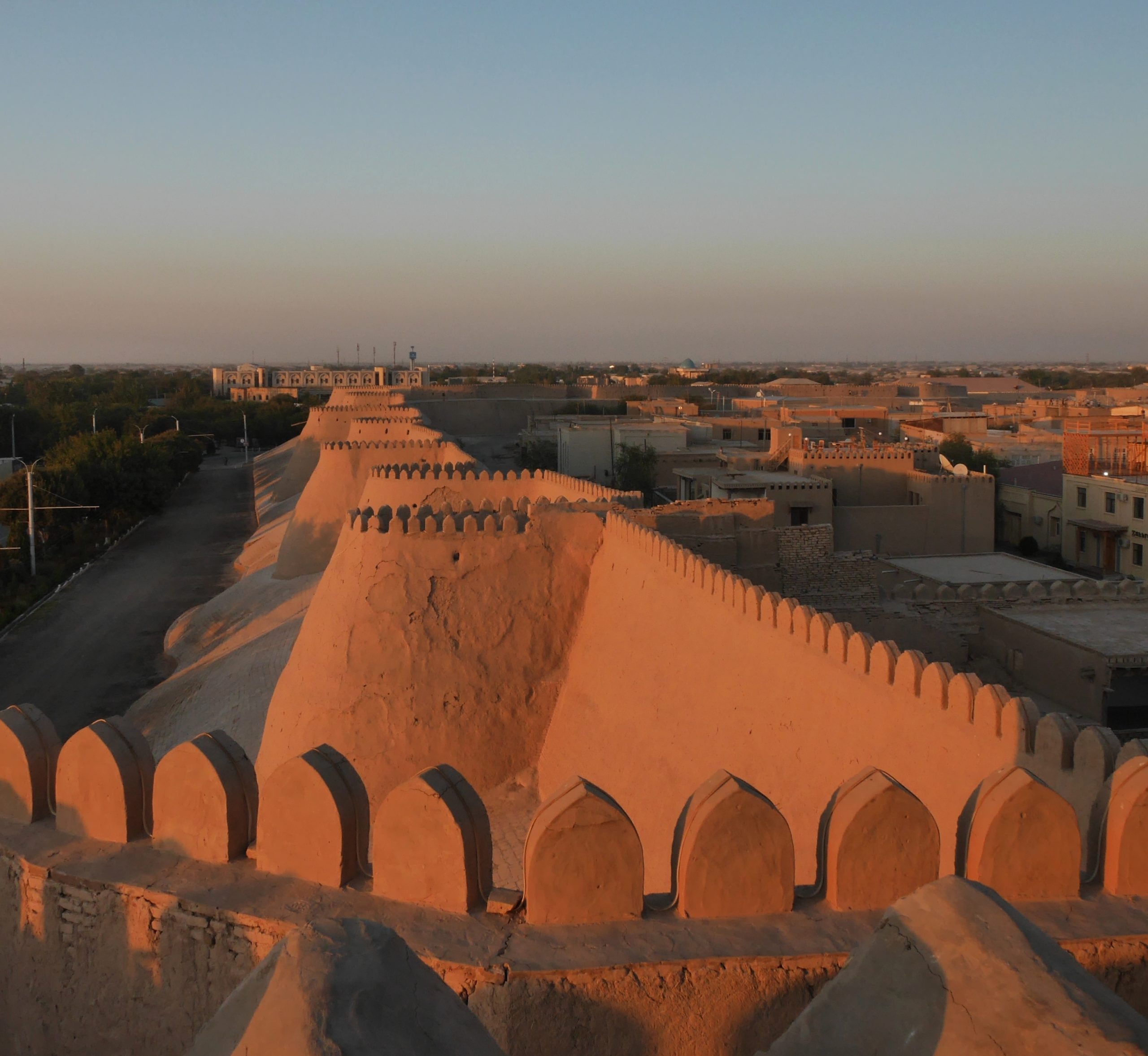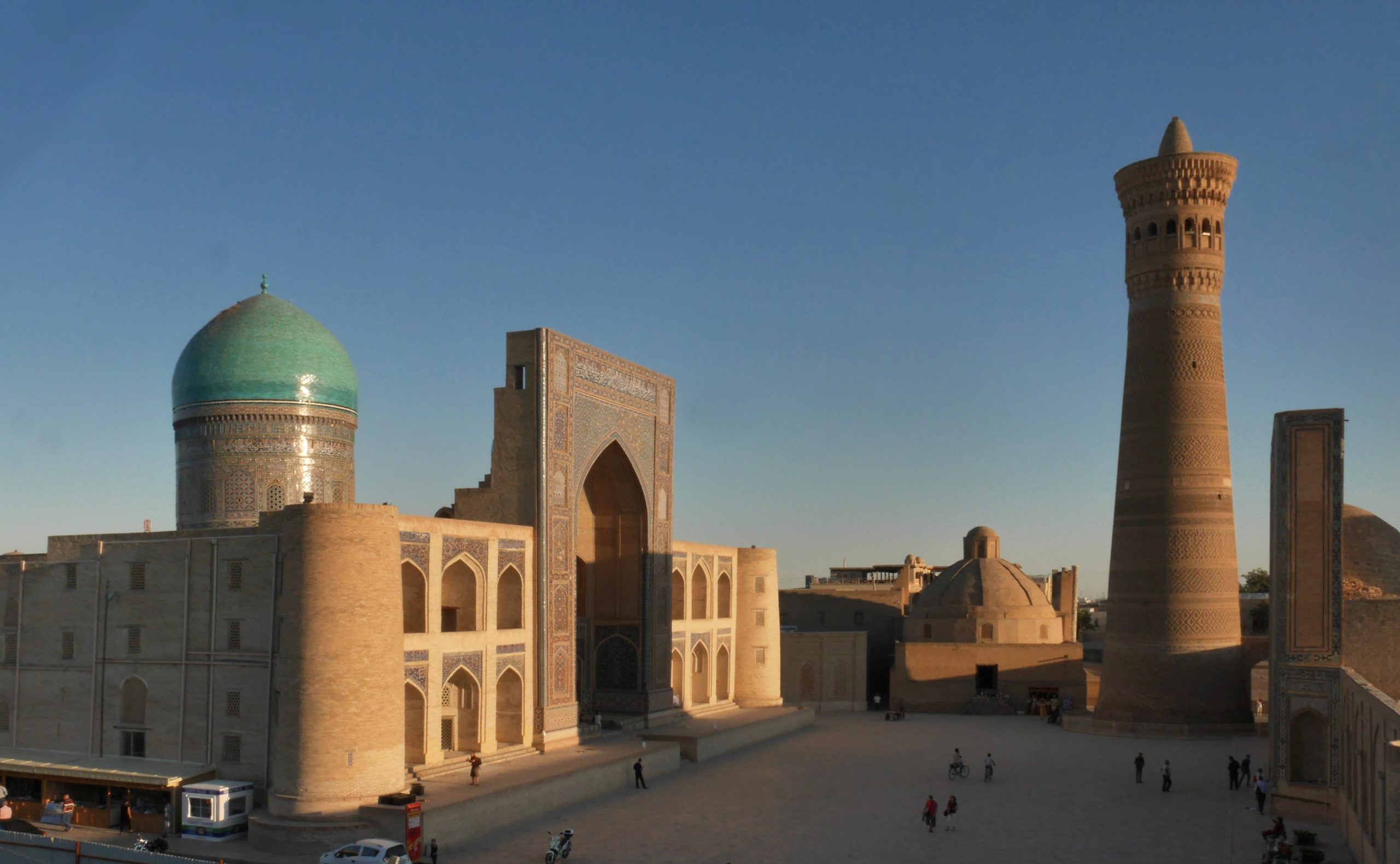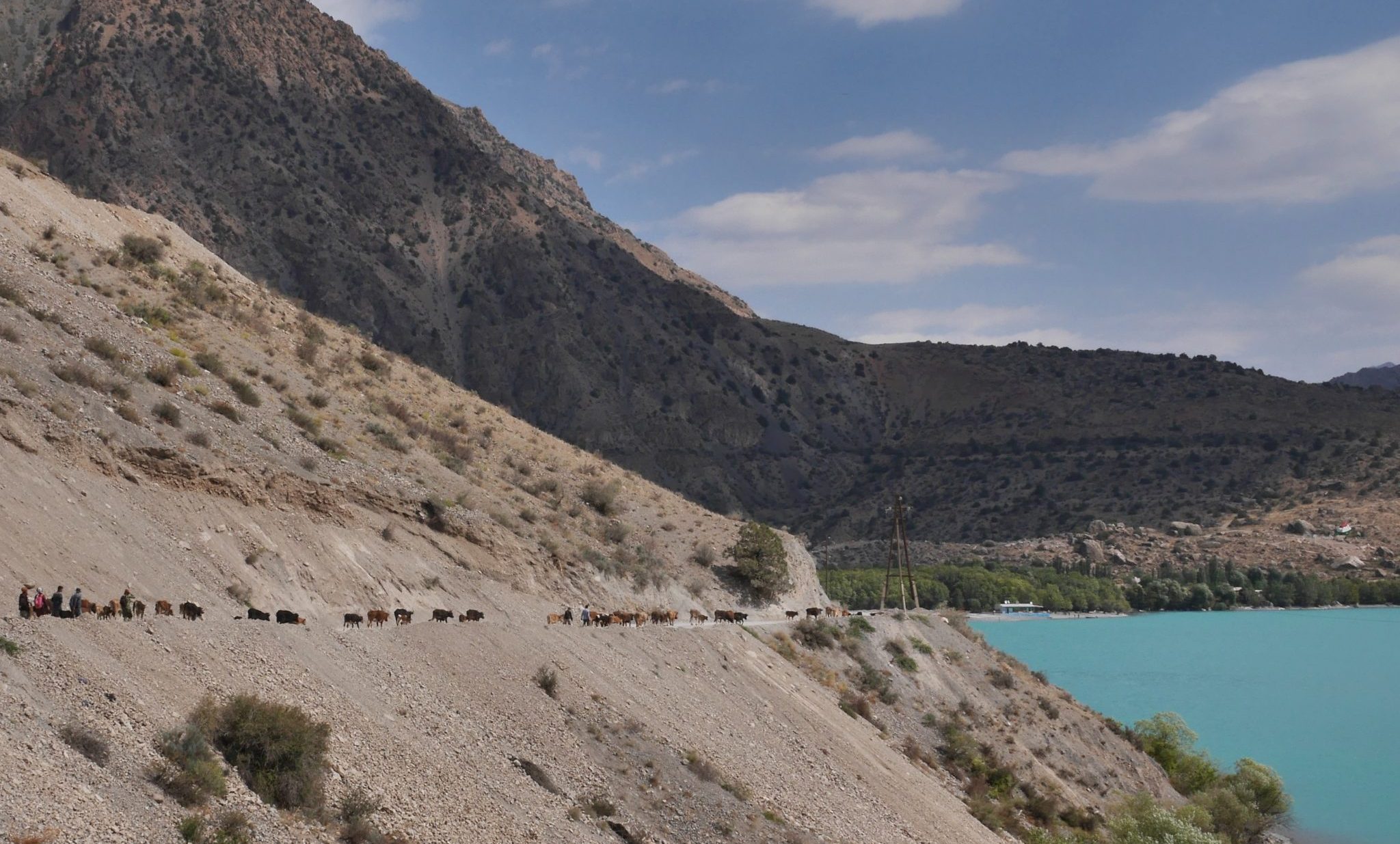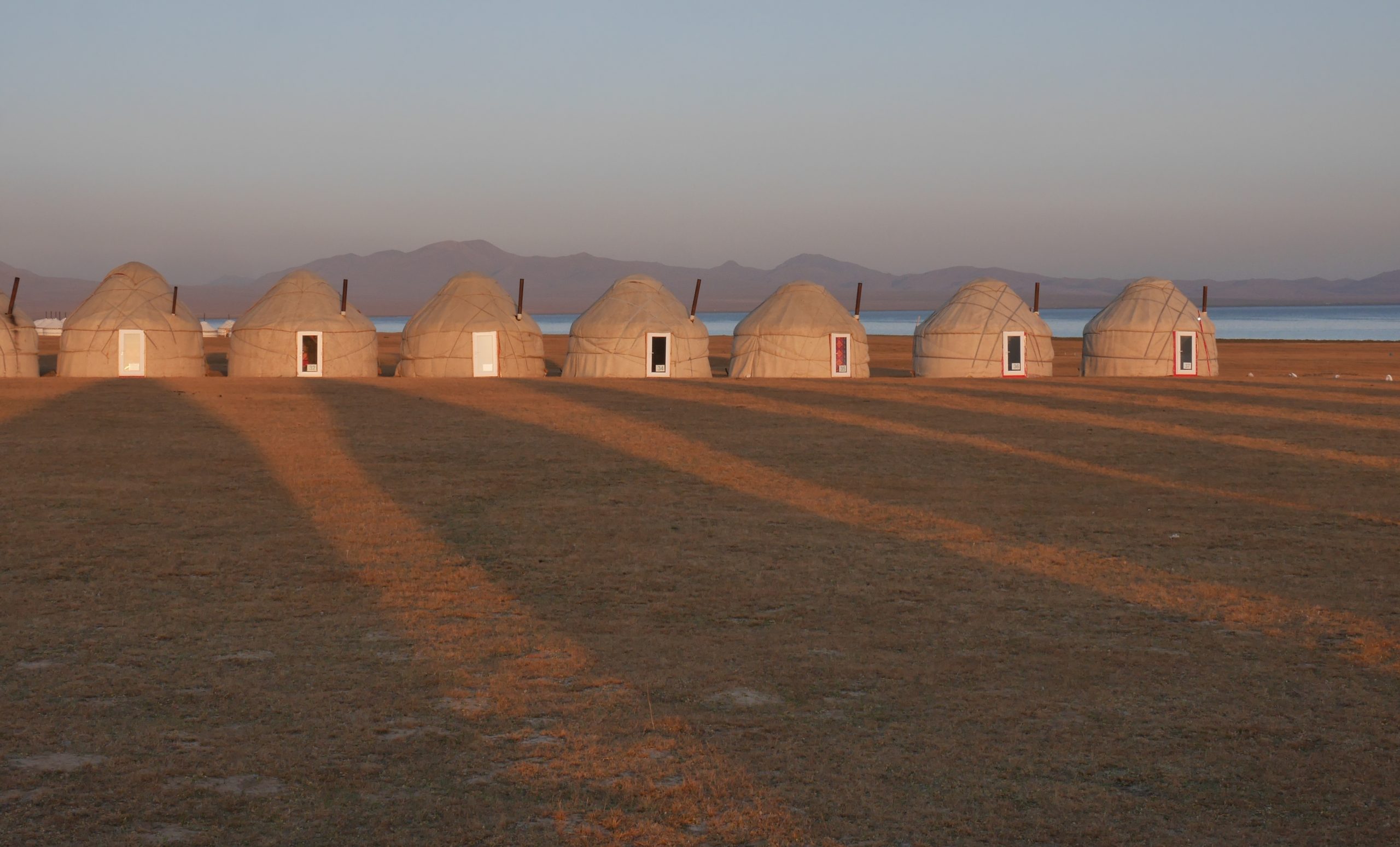Pictures on this page are the authour’s own.
For the first 1850 years or so of the Common Era, China and India were the great economies of the world and extensive trade routes flowed through Central Asia and around the Indian ocean linking China and India to the other great powers that from time to time arose – Rome, Byzantium, Persia, The Islamic Caliphates, The Mongols, The Ottomans and eventually Russia and Europe to name just the more widely known ones.
Three recent events have made the concept of The Silk Roads the most significant geo -political and cultural idea of our time.
In 1991 the Soviet Union collapsed and countries whose cultural identity had been quashed and whose access to those living in the West had been restricted became reborn and accessible. Countries such as Armenia, Azerbaijan, Georgia, Kazakhstan, Kyrgyzstan, Tajikistan, Turkmenistan and Uzbekistan rediscovered with pride their rich and significant pasts and through the United Nations Cultural programmes, through tourism, and through trade once again brought their people’s to the world’s attention.
In 2013 President Xi Jinping of China at a conference in Kazakhstan announced what has become known as the Belt and Road Initiative, a 21st century version of the ancient Silk Roads. President Xi Jinping envisioned multiple economic corridors, by land and by sea encouraging trade and encouraging exchange of ideas and co-operation. Since then the old adage that All roads lead to Rome is becoming replaced with a new version – All roads lead to Beijing.
In 2015 Peter Frankopan published his highly acclaimed book: The Silk Roads, A New History of World which enabled the general public to understand, and enjoy understanding the history and relevance of The Silk Roads and Central Asia. Details on Peter’s web site: https://www.peterfrankopan.com/the-silk-roads.html
The Silk Road lens has proven to be a powerful instrument for viewing and understanding the world, for example for about the first 1000 years of the Common Era, Christianity could justifiably be considered an Asian / African religion with more adherents and bishoprics outside Europe than in Europe; Venice’s wealth was built on the Silk Road trade routes and many of the European thinkers of the Renaissance were influenced by Central Asian philosophers, mathematicians and scientists.
This Silk Road tour of the British Museum, shaped by objects that are on display, and sequenced by the physical layout of these objects, seeks to bring some of the trade in goods and exchange of ideas to life.
